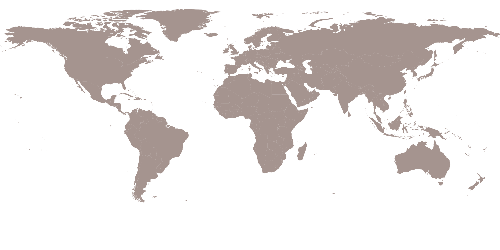Sustainable building design through passive measures
The design focuses on utilizing the site's natural resources to restore and enhance native habitats, considering the availability of water and the characteristics of the local soil. The alteration of the existing topography is minimized, adapting land uses to reduce earth movement, costs, and energy consumption. Creating a forest with diverse layers of vegetation and species will increase biodiversity, stabilize the soil, and provide shade and comfortable spaces for visitors. This, combined with comprehensive runoff water management through sustainable drainage systems (SuDS), will help create conditions conducive to generating microclimates, making public spaces more resilient, functional, and comfortable.
Efficient construction and operations
The success of the Metropolitan Forest lies in the responsible use of natural resources and the implementation of environmental strategies primarily adapted to water availability, incorporating Nature-Based Solutions to minimize environmental impact, recycle, and reduce embodied carbon, promoting a balance between development and conservation. Its riverine location and proximity to three large wastewater treatment plants present an exceptional opportunity to integrate purification cycles into the restoration of river ecosystems. The treatment plants, by treating wastewater, become "the new springs," providing regenerated water to restore landscapes, make them sustainable, and improve the ecological quality of the rivers.
Landscape & Biodiversity Integration
The Manzanares-Gavia fluvial ecosystem has suffered significant deterioration over decades due to intense anthropization of the surrounding periphery, leading to biodiversity loss, depletion of fertile soil, and the onset of erosion and desertification processes. To reverse this situation, the recovery of native habitats is proposed through the introduction of riparian forests, tamarisk groves, fruit trees, etc, aiming to create a diverse, self-sustaining, stratified forest while fostering associated fauna. The initiative will promote the city’s renaturalization, strengthening its connection to nearby natural parks through ecological recovery strategies based on conventional, forestry, and ecological succession criteria.
Land use & Transformation
The Metropolitan Forest is an ambitious project with a holistic and multi-scalar vision that integrates the city and its surrounding territory, prioritizing natural, cultural, and social heritage for the benefit of Madrid's residents and its metropolitan area. Its goal is to revitalize the southern periphery, currently impacted by degraded soils, fragmenting infrastructure, and a lack of territorial cohesion. The initiative aims to regenerate the area through a forest ring that enhances sustainable urban development, restores ecological and cultural links, and promotes pedestrian and cycling mobility. Additionally, it will contribute to social well-being, foster biodiversity, and strengthen the bond between the community and its environment.












